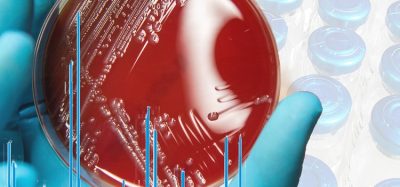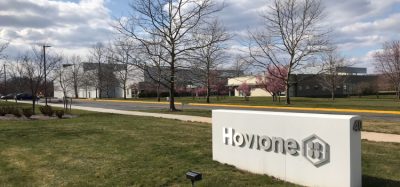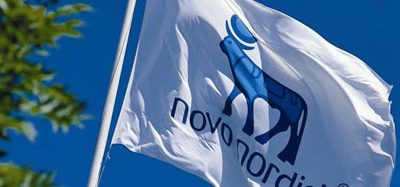Fresh or frozen? Navigating the cryopreservation dilemma for CGT
Posted: 6 June 2024 | Priya Baraniak (OrganaBio) | No comments yet
Cell and gene therapy development grapples with a paradox: fresh starting material is often equated with higher-quality drug products, but cryopreservation is crucial for scale-up. In fact, every approved autologous cell-based therapy relies on freezing cells. Reconciling these truths can be key for the success of any commercial therapy based on human cells, reveals Priya Baraniak, Head of Process Development and Manufacturing at OrganaBio.
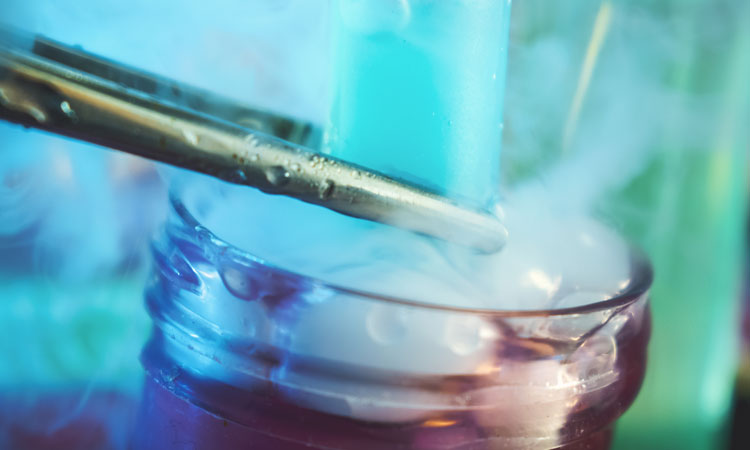

Although fuelled by unprecedented impact on patients, scaling up cell and gene therapies (CGTs) for commercial accessibility has proven to be an enormous challenge. This nascent industry still has much to learn about what makes the best therapies, and what constitutes an optimal manufacturing process.
To date, cryopreservation has been a key part of the logistics chain for CGT manufacturing, even though early-stage developers are often wary of freezing cells for transport. Early development efforts are largely focused on producing a therapy with the best chance for positive clinical outcomes, and developers are hesitant to introduce manipulations that could impact cell potency. Cost, infrastructure, skill limitations and added time can also be decisive factors in the decision on whether or not to cryopreserve.
Early phase CGT trials: key design elements correlating to distinctive biological characteristics
As companies pivot to larger, multi-centre trials and commercial-scale manufacturing and, for allogeneic therapies, an exponentially growing need for more donors and drug product doses, it becomes apparent that cryopreservation is the only sustainable path to scaling. Therefore, the question may not be whether but rather when and how to implement freezing into process and product development.
The case against cryopreservation
Ex vivo manipulation of cells can introduce unintended changes in their properties and function. Some cell types, like natural killer (NK) cells, are particularly sensitive to cryopreservation. Studies show a significant decline in NK cell viability and function 24 hours after thawing.1 These challenges can also complicate regulatory approval for cell therapies.
Working from the assumption they will see a 50 percent decline in functional NK cells post-thaw, developers are exploring ways to double the number isolated from blood or differentiated from stem cells to offset this loss
In addition, cryopreservation services may be difficult to access. Many hospitals, clinical sites and blood centres that draw patient/donor tissues or blood lack the infrastructure or knowledge for cell isolation and/or cryopreservation. Processing adds hours to manufacturing and necessitates on-site, validated cryopreservation processes and storage of frozen materials, incurring additional labour and equipment costs. This is especially true if these processes must be GMP‑compliant and performed in a cleanroom setting. For companies looking to minimise cash burn, freezing and cold-chain logistics may seem cost prohibitive. Thus, developers often adopt the ‘fresh is best’ mantra.
Beyond fresh vs. frozen: optimising cell therapy manufacturing
The cell therapy industry is evolving, with a growing understanding of how different unit operations – from cell collection via apheresis to manufacturing and shipping – impact the final product’s quality and potency. Researchers are actively identifying critical process parameters (CPPs) and product critical quality attributes (CQAs) and developing solutions to address challenges associated with them.
Cell therapies will likely require cryopreservation to facilitate large-scale production and distribution. Developers are therefore investigating the potential effects of freezing and thawing on their therapies. This involves analysing specific technologies and processes through data-driven methods and minimising any negative impacts by developing mitigation strategies early. For example: NK cell therapy developers have realised that a steep drop‑off in viability may not be a reason to work around cryopreservation. Working from the assumption they will see a 50 percent decline in functional NK cells post-thaw, developers are exploring ways to double the number isolated from blood or differentiated from stem cells to offset this loss.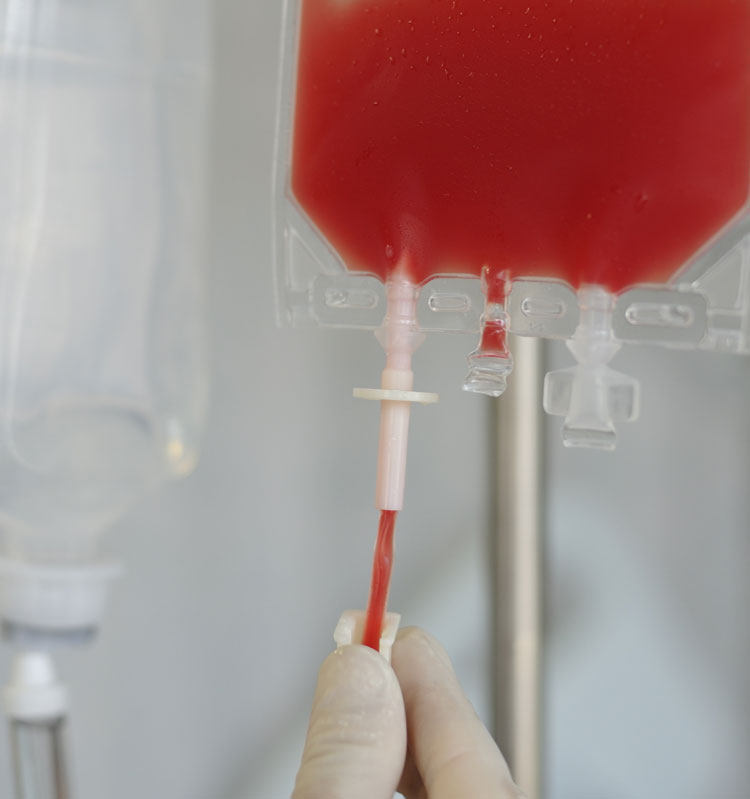

Further, recent research suggests other factors may have a bigger influence on cell function than cryopreservation itself. Katy Rezvani and her team at The University of Texas MD Anderson Cancer Center recently published results from an allogeneic chimeric antigen receptor (CAR)‑NK cell therapy trial in patients with B-cell blood cancers. For a cord blood-derived NK cell therapy, the number of nucleated red blood cells and time to cryopreservation emerged as predictors of patient outcomes. Specifically, units frozen within 24 hours of collection yielded highly functional cells with superior antitumour activity and significantly better clinical outcomes.1
The realisation that processing plays a major role in cell therapy outcomes is not novel. Other studies have suggested, for example, that shorter manufacturing cycles for CAR-Ts may produce better therapeutic outcomes,2 even if the final doses are smaller due to less expansion time.3 Another recent publication highlighted how the manufacturing platform and parameters such as oxygenation significantly influence CAR T-cell expansion and differentiation.4
The implication is that developers need to interrogate assumptions about the qualitative superiority of fresh cells, including the hypothesis of superior functionality, and fully explore the tradeoffs before committing to fresh over frozen cellular starting materials. Coordination with partners to optimise manufacturing and logistics – including choice of donors, tissue procurement/apheresis protocols and timing and method of cryopreservation – could yield desirable therapeutic safety and efficacy results. These may also be advantageous compared to use of cells that, although not cryopreserved, have experienced extended transit times prior to manufacturing. Given that transition to a freezing process may be inevitable for scalability, developers who explore the impacts of and account for effects of cryopreservation early in development are likely to avoid costly adjustments later.
Cold truths
The logistical advantages of cryopreservation tend to drive its use in CGTs during scale up and commercial operations for both autologous and allogeneic cell manufacturing, given the complexity of scheduling patients or donors, respectively.
Allogeneic therapy developers often seek to identify a single or small pool of donors for development and early-phase clinical trials, taxing the logistics chain when working with fresh cells. Working backwards, this means scheduling a donor at such a time that your manufacturing team is ready to process the cells upon arrival, which may mean thawing and preparing thousands of dollars‑worth of reagents and materials. Autologous therapies may entail even greater complexity, scheduling sick patients for tissue collection and ensuring that they are fit to withstand the procedure. Altogether, this necessitates a flawless symphony of tissue collection partners, shipping partners and internal staff ready for seamless hand-offs.
However, there are many uncontrollable variables and nodes of potential failure in this model. What if the donor could not arrange childcare or change a work shift? What if the individual presents with a fever, fails a complete blood count (CBC) test or experiences an adverse event during apheresis? In the case of birth tissues, babies come when they’re ready; there is an ever‑present question mark around timing. Additionally, what if transport is delayed by the courier service, TSA/customs, or a natural event? Even when the quality of fresh cells is found to be superior at the start, viability dwindles with time.
Seasoned partners may be able to plan for and adapt to some delays, scheduling a backup donor (not an option for autologous therapies or birth tissues) or working with specialty couriers who understand the urgency of timing and how cells must be handled. Also, experienced providers will maintain real-time communications with the manufacturing team to update on any surprise delays, helping limit downstream costs. Still, the delicate balance of the process should make developers question how much risk they can really afford.
Developers considering the switch from fresh to frozen cellular starting materials must weigh up the long-term impacts on their programmes
Cryopreservation can mitigate many of these risks, permitting flexibility to account for unforeseen delays. Companies will not have to worry about the impact on manufacturing team schedules and resources, or squandering cleanroom time they have already paid a contract manufacturer for. The buffer period afforded by cryopreservation can also be beneficial in terms of sterility testing done on the day of collection: it can take up to three weeks to get results, and manufacturing will be well underway by the time a viral or bacterial contaminant is discovered in fresh cells. These advantages multiply as a therapy scales, minimising manufacturing failure rates and saving companies significant costs.
Today’s commercial autologous CAR T-cell therapies all use frozen cells. Compromised patients may not produce enough cells even once for a therapeutic dose, due to their late-stage blood cancers and taxing earlier-stage treatments. A leukopak squandered due to a logistics failure can be the deciding factor between life and death for these individuals.
Timing is everything
Developers considering the switch from fresh to frozen cellular starting materials must weigh up the long-term impacts on their programmes. Early changes might preclude the need for comparability studies and may only require an amendment rather than an entirely new regulatory filing.
In our industry, every change comes with cost. Avoiding significant changes to raw materials and processes is typically ideal, but when it cannot be avoided, it is critical to fully understand the implication of changes to determine when they must be made.
About the author
Priya Baraniak, PhD
Priya is Head of Process Development and Manufacturing, Laboratory Director and Chief Business Officer of OrganaBio. She is a 20-year veteran in the stem cell and tissue engineering space, holding a PhD in Bioengineering from the University of Pittsburgh. Priya was previously a founding member and Business Development lead at RoosterBio and a Senior Director of R&D for Garnet BioTherapeutics.
References
1. Saults N, Otegbeye F. Optimizing The Cryopreservation And Post-Thaw Recovery Of Natural Killer Cells Is Critical For The Success Of Off-The-Shelf Platforms. Front. Immunol. 2023;14:1304689.
2. Watanabe N, Mo F, McKenna MK. Impact of Manufacturing Procedures on CAR T Cell Functionality. Front. Immunol. 2022;13:876339.
3. Ghassemi S, Nunez-Cruz S, O’Connor RS, et al. Reducing
Ex Vivo Culture Improves the Antileukemic Activity of Chimeric Antigen Receptor (CAR) T Cells. Cancer Immunol Res. 2018;6(9):1100-1109.
4. Song HW, Prochazhova M, Shao L, et al. CAR-T Cell Expansion Platforms Yield Distinct T Cell Differentiation States. Cytotherapy. 2024.
Issue
Related topics
Biologics, Drug Development, Drug Manufacturing, Gene therapy



